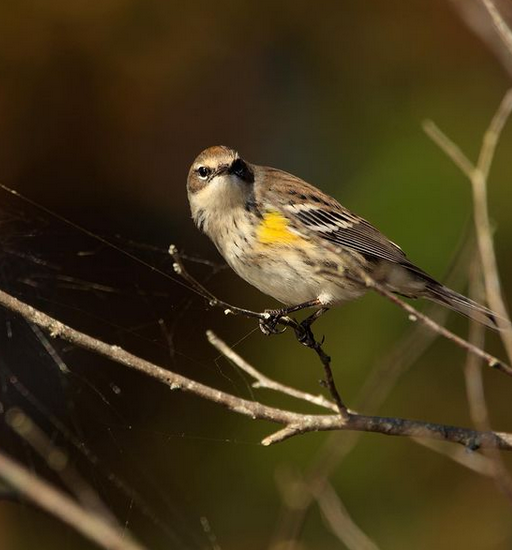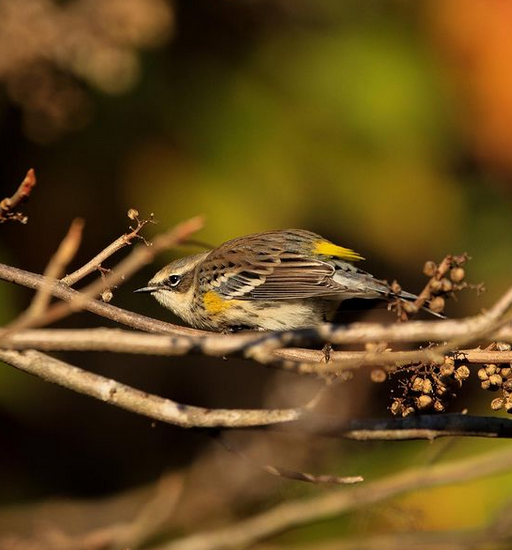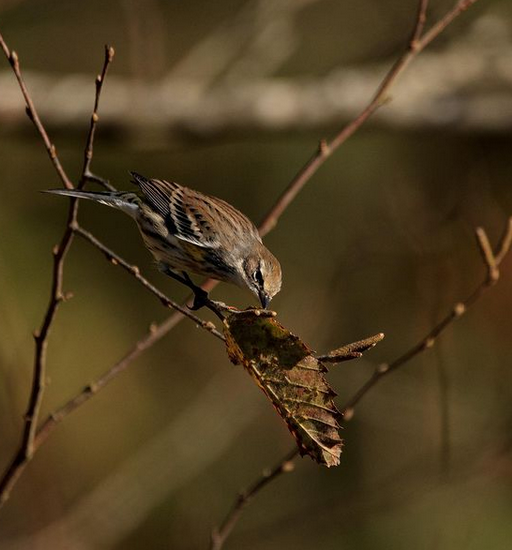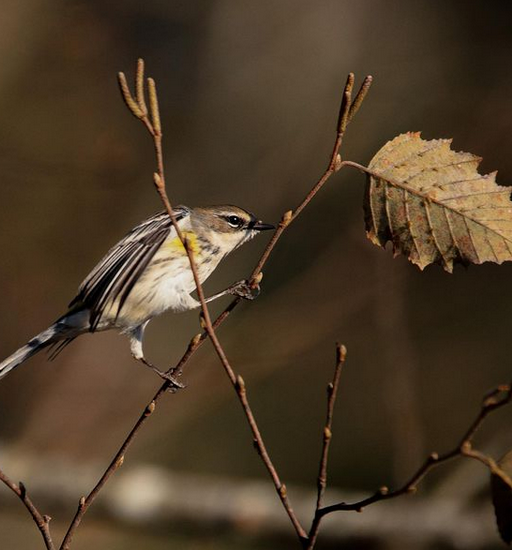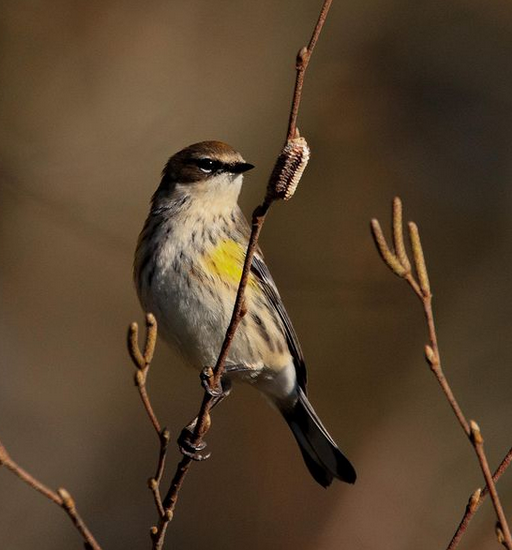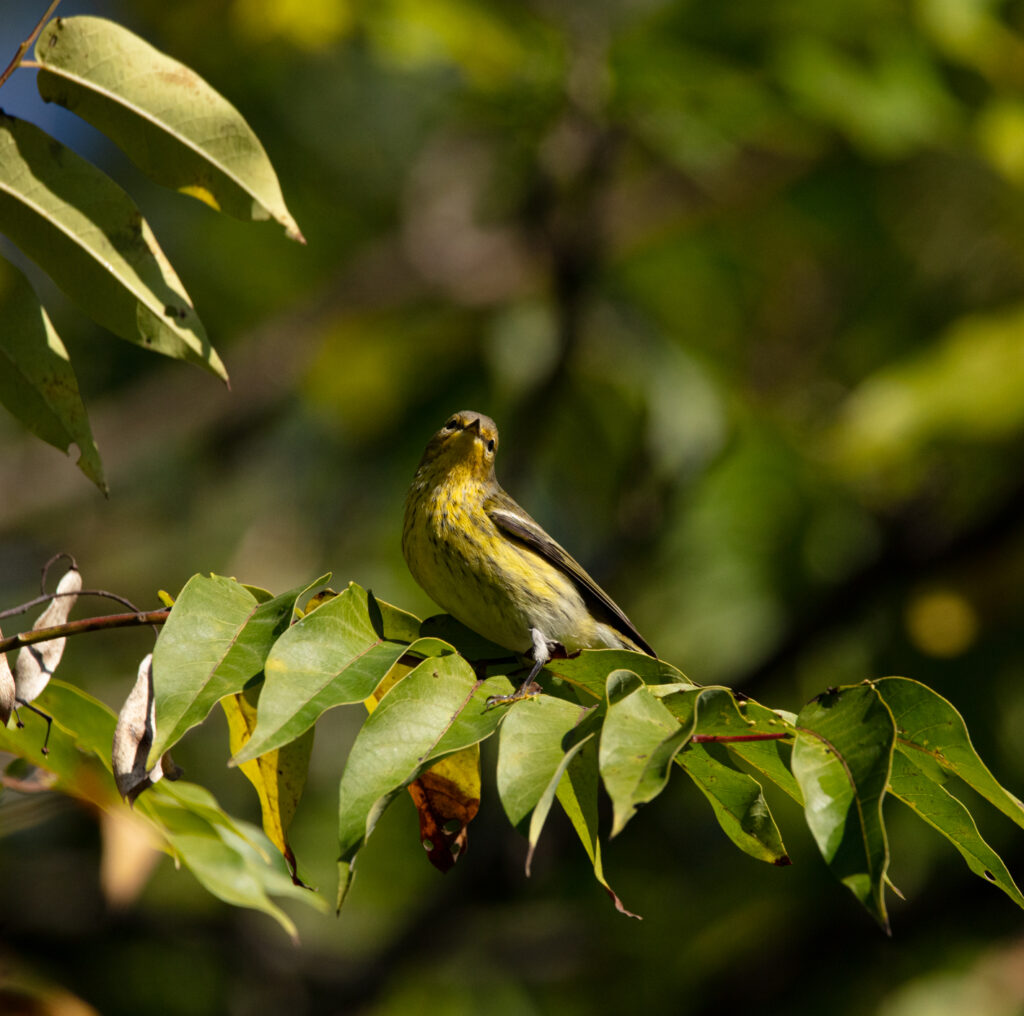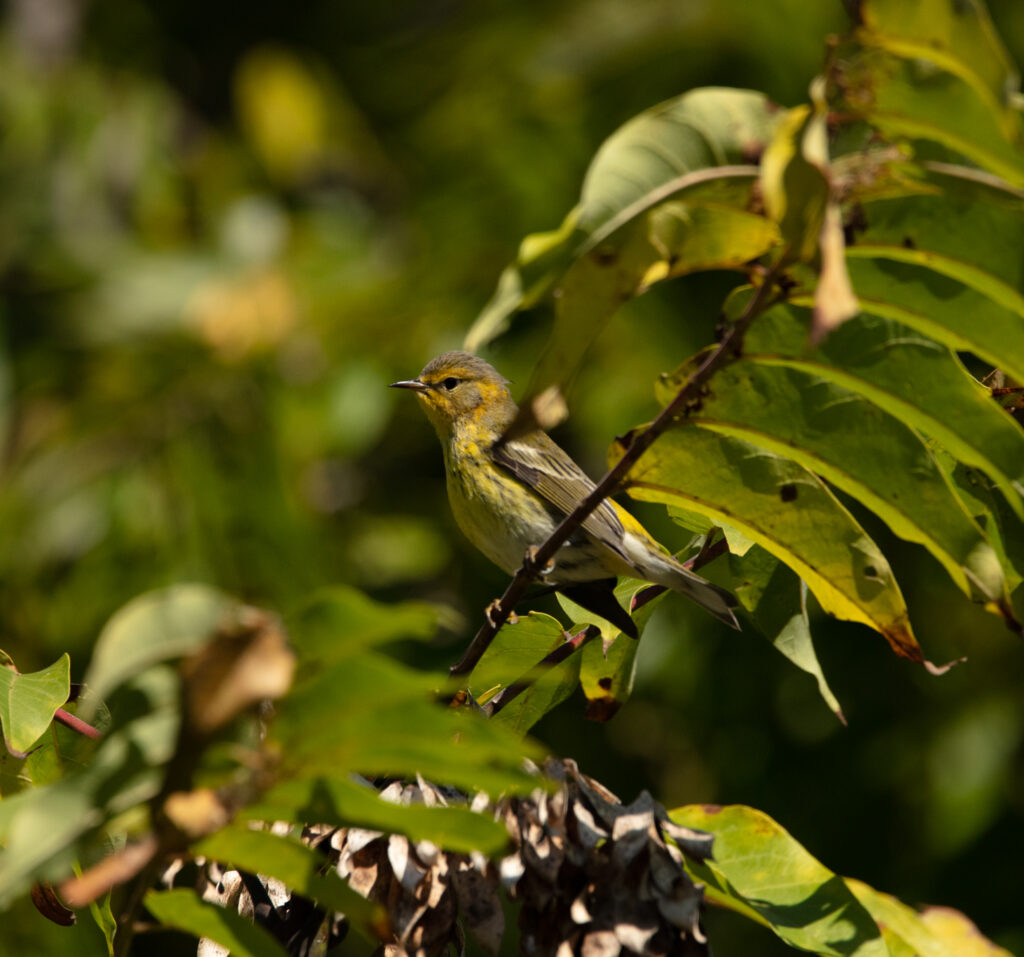By: Sally Siko
Each spring, flocks of migrating Bobolinks return to central NC to stop off for a few days to rest & recharge on their journey to their breeding grounds in the northern US and Canada.
The best spot to see them in the Triangle is in the fields along Mid Pines Rd in Raleigh.
That being said, these flocks are usually spotted far out in the fields making them a little tough to see without a scope, a long lens or bins.
That’s why I was so excited to get a close up encounter with one near Bynum Bridge in Pittsboro about 3 weeks ago!
It was so cool to actually be able to get a proper look at one of these beauties as it hopped around the brush on it’s never ending search for insects hidden in the leaves.

Bobolinks are about the size of a house sparrow, approximately 6.3–7.1 in long from the tip of the beak to the end of the tail.
Perched on a grass stem or displaying in flight over a field, breeding male Bobolinks are striking! No other North American bird has a white back and black underparts (some have described this look as wearing a tuxedo backwards lol!). Added to this is the male’s rich, straw-colored patch on the head and his bubbling, virtuosic song. Once summer ends, he’ll molt into a buff and brown plumage.



As mentioned above, Bobolinks are mostly a migratory visitor to the Tarheel state showing up for just a few days in the spring and autumn.
Yet, in recent decades this species has been observed nesting in the grassy meadows of western NC in increasing numbers which is pretty neat!
Elsewhere throughout the state, look for them in dry grass lands from late April-early May and in wetter fields/marshes again in late August through early October.
Photos by @sally_siko of @bestlife_birding on my beloved full frame 50MP beast, the mighty @canonusa #5Ds


